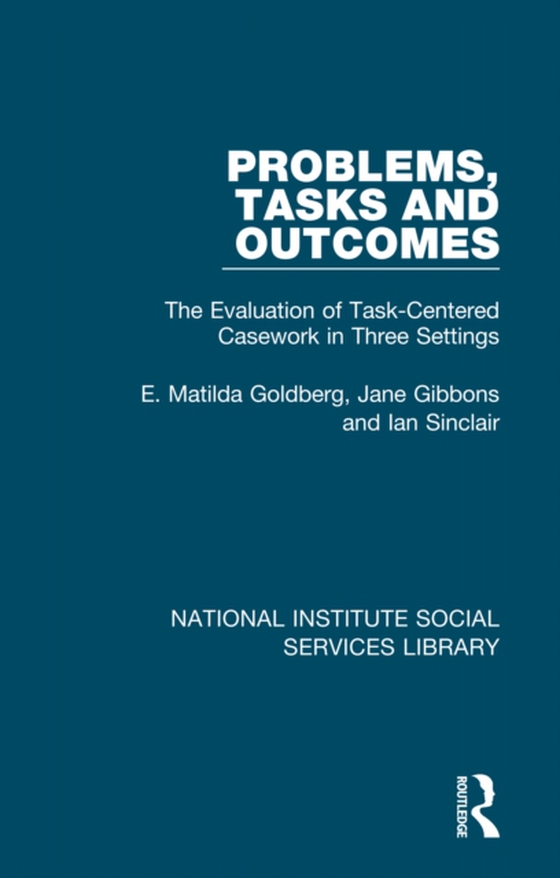
Problems, Tasks and Outcomes e-bog
253,01 DKK
(inkl. moms 316,26 DKK)
In the 1980s, although most social workers organised their time and described their work in terms of cases, research studies had cast serious doubts on the efficacy of working in this way. As a result, there had been growing anxiety about what social workers do, what they ought to do, and the training they needed.Task-centred casework was an approach to social work which proposed a solution to ...
E-bog
253,01 DKK
Forlag
Routledge
Udgivet
7 november 2021
Længde
278 sider
Genrer
Social work
Sprog
English
Format
epub
Beskyttelse
LCP
ISBN
9781000438499
In the 1980s, although most social workers organised their time and described their work in terms of cases, research studies had cast serious doubts on the efficacy of working in this way. As a result, there had been growing anxiety about what social workers do, what they ought to do, and the training they needed.Task-centred casework was an approach to social work which proposed a solution to some aspects of this dilemma. Growing out of the surprising results of an American research study, it broke free from the traditional psycho-analytic approach to casework. It aimed at clarity of purpose, a concentration on the clients' perceptions of the problems, openness about clients' and helpers' intentions and agreement about what is to be done and achieved within a specified time.Originally published in 1985, this book brings together three British studies that accompanied, and in some respects pioneered, the introduction of task-centred casework into the United Kingdom. The studies describe and evaluate task-centred casework with social services department clients, with young people on probation, and with men and women referred to hospital after poisoning themselves. The research suggests what task-centred casework can and cannot achieve, describes how clients experience it and seeks to define the skills it requires. The studies also provide some reasons why many previous studies of social work have failed to find evidence for social work effectiveness. The book uses much case material to illustrate methods of task-centred casework and its outcomes as seen by clients, social workers, and an independent outsider. It should still be of interest to social workers, teachers of social work, and social work students. More generally, it will be welcomed by all those who are interested in building social work on a surer basis than anecdote and fashion.
 Dansk
Dansk

